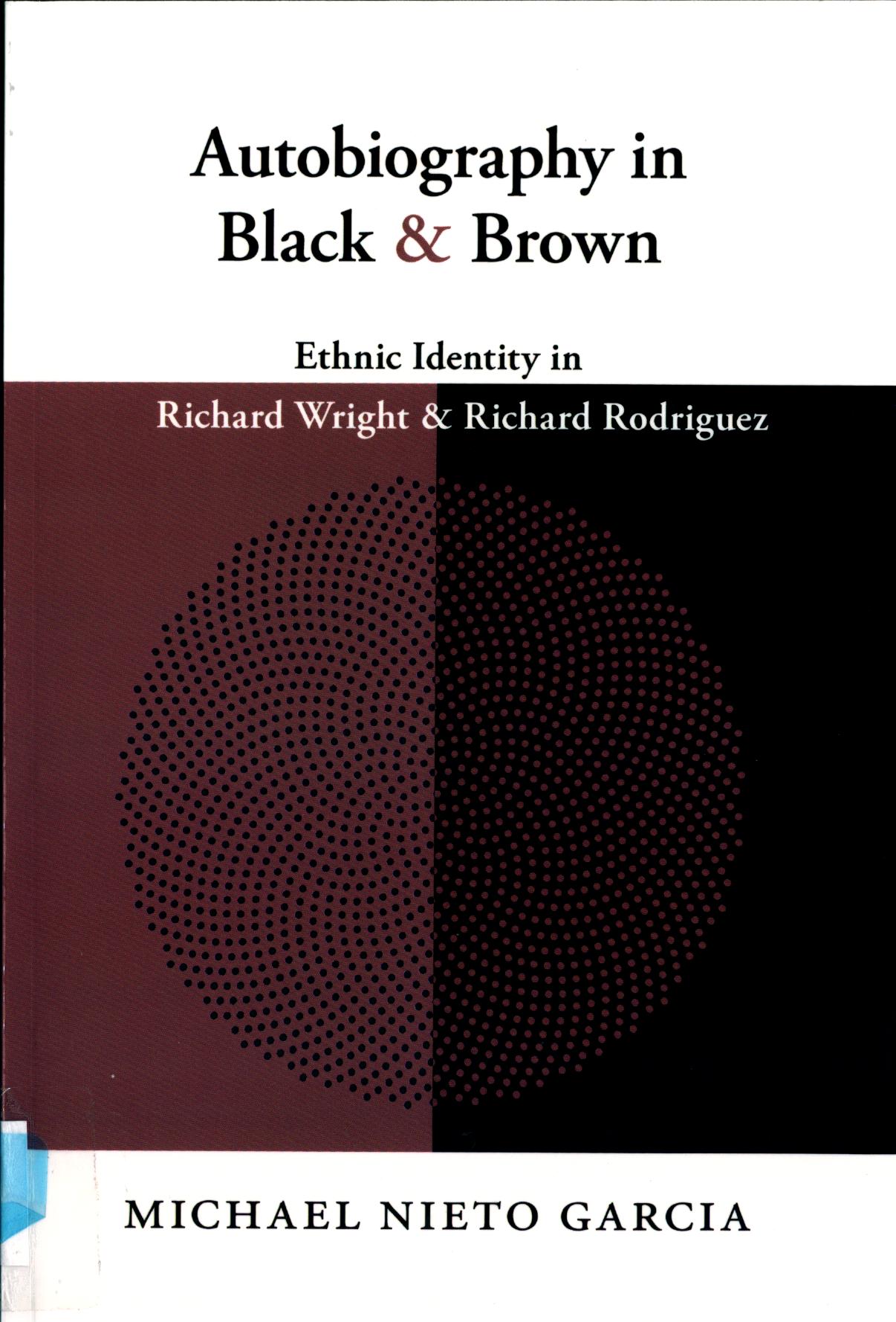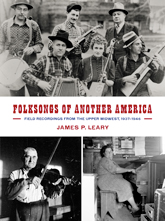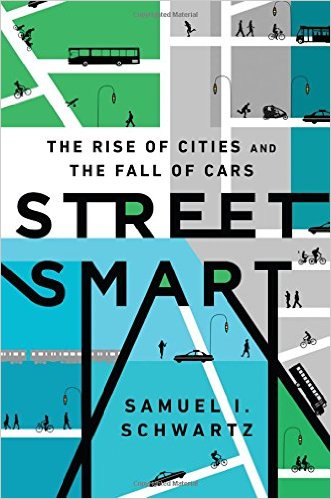
Autobiography in Black & Brown:
Ethnic Identity in Richard Wright and Richard Rodriguez
by Michael Nieto Garcia
PS3545.R815 Z6635 2016
New Arrivals, 2nd floor
Michael Nieto Garcia is an associate professor of literature at Clarkson University. This is his first book, although he’s previously written several book chapters and scholarly journal articles. Here he writes about the autobiographies of two Richards: Richard Wright and Richard Rodriguez, men who couldn’t be more different in their lives and writings, and yet in some ways they are very similar in their engagement with ethnic and identity issues. Garcia states that the differences are partially due to the progress of the civil rights movement during the time periods in which they wrote. This work is a fascinating analysis of Black Boy, a Record of Childhood and Youth and Brown: The Last Discovery of America and is worth digging into.
If you are interested in the writings of the two Richards, here are some books you might want to check out. If you’re interested in reading a book we don’t have, try using UW Request to borrow it.
Richard Rodriguez:
- Hunger of Memory: The Education of Richard Rodriguez (1982) – Main Collection (Call Number: PE1066 .R65)
- Days of Obligation: An Argument with My Mexican Father (1992) – Main Collection (Call Number: F870.M5 R6 1992)
- Brown: The Last Discovery of America (2002) – Main Collection (Call Number: E184.S75 R67 2002)
- Darling: A Spiritual Autobiography (2013)
Richard Wright:
Fiction
- Uncle Tom’s Children (1938) – Curriculum Collection, Fiction (Call Number: F Wri)
- The Man Who Was Almost a Man (1939)
- Native Son (1940) – Main Collection (Call Number: PS3545 .R815 N25 1987)
- The Outsider (1953) – Main Collection (Call Number: PS3545.R815 O8 1965)
- Savage Holiday (1954)
- The Long Dream (1958)
- Eight Men (1961) – Main Collection (Call Number: PS3545.R815 E4 1987)
- Lawd Today (1963)
- Rite of Passage (1994)
- A Father’s Law (2008) (unfinished)
Non-fiction
- How “Bigger” Was Born; Notes of a Native Son (1940)
- 12 Million Black Voices: A Folk History of the Negro in the United States (1941) – Main Collection, 3rd Floor (Call Number: E185.6 .W9 1969)
- Black Boy, a Record of Childhood and Youth (1945) – Main Collection (Call Number: PS3545.R815 Z5 1966)
- Black Power (1954)
- The Color Curtain (1956)
- Pagan Spain (1957)
- White Man Listen! (1957) – Main Collection (Call Number: HT1581 .W7 1978)
- Letters to Joe C. Brown (1968)
- American Hunger (1977) – Main Collection (Call Number: PS3545.R815 Z498 1977)
If you’re interested in reading a book we don’t have, try using UW Request to borrow it.








